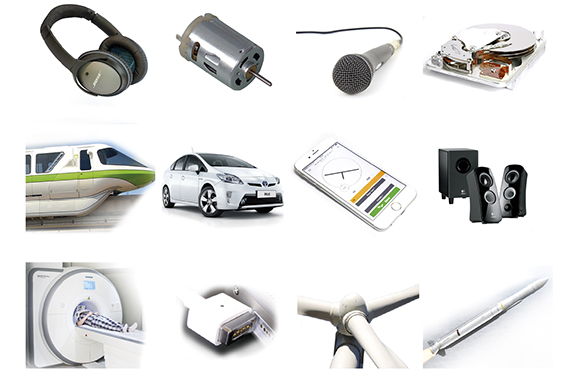New technology to separate rare earth metals reduces environmental impact
May 13, 2020

Nien-Hwa Linda Wang, the Maxine Spencer Nichols Professor of Chemical Engineering at Purdue University, West Lafayette, Indiana, USA, and colleagues have developed and patented a technology that has successfully shown to separate rare earth metals without the environmental effects of conventional acid-based methods, reports AZoM.
The technology, which offers high yield and purity, was discussed in an article published in the Royal Society of Chemistry publication Green Chemistry.
“About 60% of rare earth metals are used in magnets that are needed in almost everyone’s daily lives,” explained Wang. “These metals are used in electronics, airplanes, hybrid cars and even windmills. We currently have one dominant foreign source for these metals and if the supply were to be limited for any reason, it would be devastating to people’s lives. It’s not that the resource isn’t available in the USA, but that we need a better, cleaner way to process these rare earth metals.”
According to Wang, after China reduced the export quotas for rare earth metals in 2010, the costs of rare earth magnets for one wind turbine increased from $80,000 to $500,000. After China relaxed the export restrictions eighteen months later, the prices returned to lower levels than in 2010.
Wang continued, “Conventional methods for producing high-purity rare earth elements employ two-phase liquid–liquid extraction methods, which require thousands of mixer-settler units in series or in parallel and generate large amounts of toxic waste. We use a two-zone ligand-assisted displacement chromatography system with a new zone-splitting method that is producing high-purity (>99%) metals with high yields (>99%).”
Wang’s ligand assisted method reportedly has the potential for efficient and environmentally friendly purification of the rare earth metals from all sources of recyclates, such as waste magnets and ore-based sources and helps transform rare earth processing to a circular, sustainable process.
Wang added, “We continue to work diligently in the lab to learn how to adapt the ligand-assisted system to many variations we see in source material and are excited to collaborate with and assess the suitability of potential partners source material be it recycled magnets and batteries, coal ash or domestically mined ore.”
Joe Pekny, a Professor of Chemical Engineering at Purdue University explained that Wang’s innovation enables the USA to reenter the rare earth metals market in a significant way and sustainable way.
“What’s exciting is that the USA has the rare earth metals to meet the growing demands of the USA market and other markets around the globe and reduces our dependence on foreign sources,” Pekny stated. “Linda’s method replaces a very inefficient process and replaces it with an earth-friendly, safe extraction process.”















